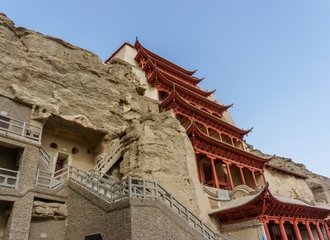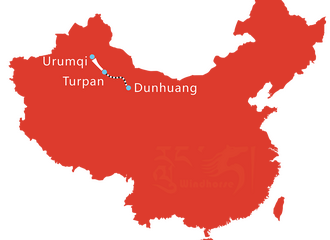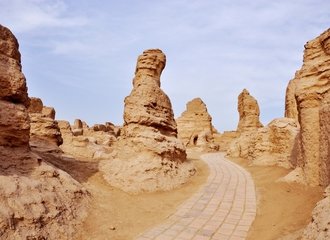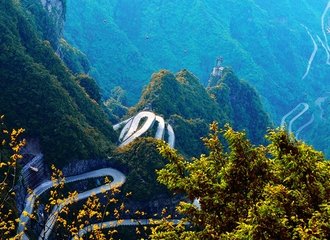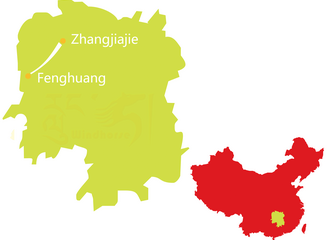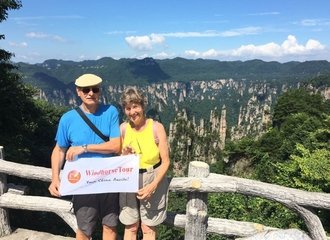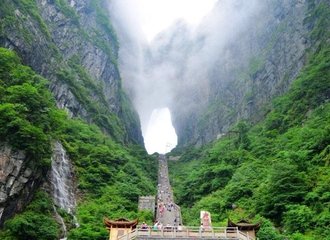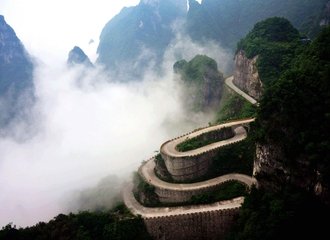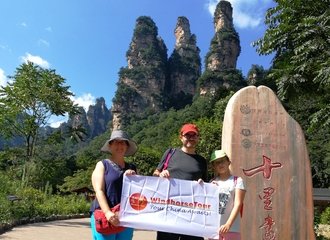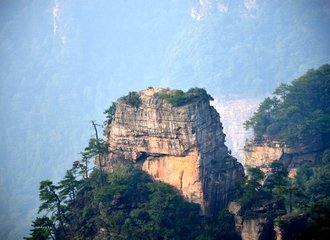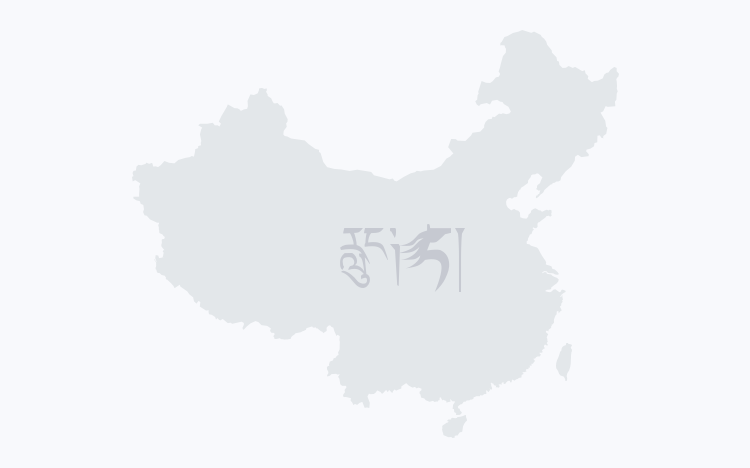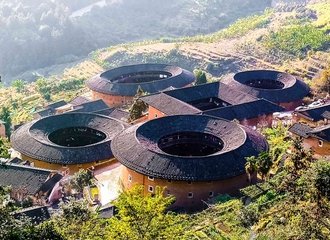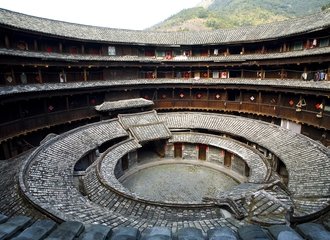Sichuan Provincial Museum - Chengdu
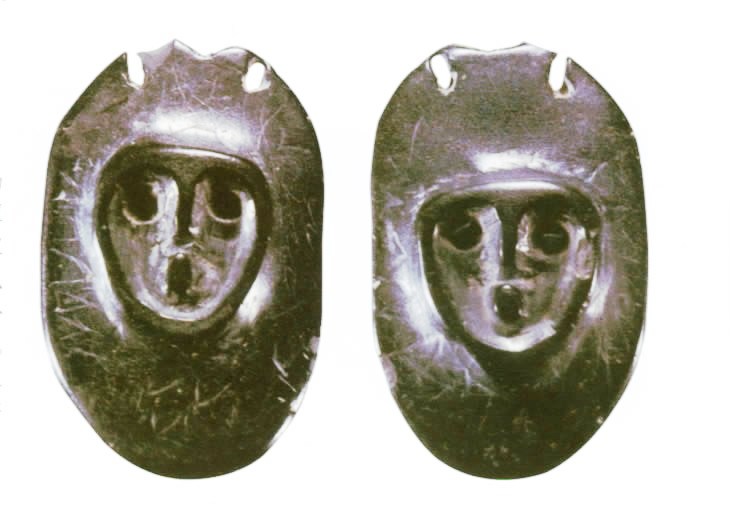
The Sichuan Provincial Museum boasts a collection of more than 300,000 artifacts that tell the story of Sichuan from prehistoric times up to modern day. Situated adjacent to the historic thatch cottage complex of ancient Chinese poet Du Fu, there is no better place to take a walking tour through Sichuan's rich history.
This massive collection include antiquated discoveries of rudimentary tools, jade, ceramics, bronze weapons, porcelain, and stonewares, as well noteworthy items from the recent past, such as revolutionary relics from the Red Army. All in all, the Sichuan Provincial Museum gives an enlightening and thorough display of Sichuan history, a must-see for anyone who desires a fuller understanding of the culture and history of past and present Sichuan.
Situated in South Huanhua Road to the west of downtown Chengdu, the museum consists of fifteen exhibition halls and four temporary ones. Of the aforementioned 300,000 cultural relics, over one thousand pieces are categorized as "relics of first class cultural significance" under national protection.
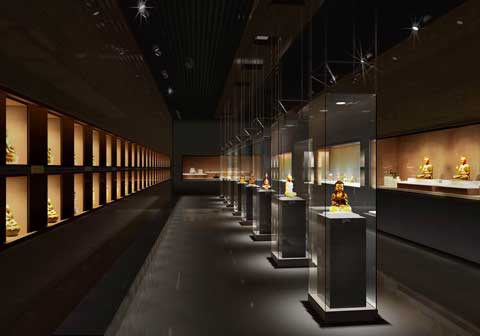
Sichuan Provincial Museum has three floors, each with a different theme and focus. The first floor has an impressive collection of ceramic sculptures and primitive articles, but the second floor contains perhaps the greatest number of highlights. There is the bronze statue gallery displaying a total of 271 articles from the Western Zhou Dynasty (1046–256 BC) to the Warring States Period (475-221 BC).
The second floor also houses the precious Dunhuang frescos and freehand brushwork paintings both by Zhang Daqiang, a legendary figure of tradtional Chinese painting. There is also a fine collection of painting and calligraphy works left from Tang, Song, Yuan, Ming and Qing Dynasties. Another highlight there is the wide range of porcelains unearthed that date from the Neolithic period to the end of Qing Dynasty.
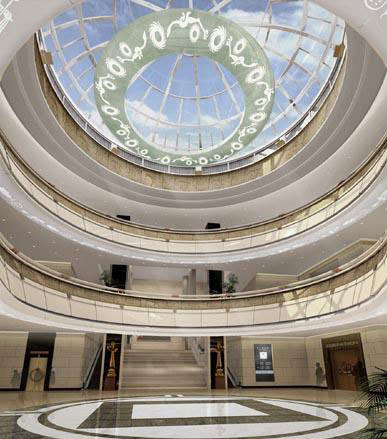
The third floor of the museum also provides a surprisingly thorough overview of Sichuan's minority cultures, displaying some 200 articles of the Miao, Yi, Qiang and Zang minorities. The Tibetan Buddhist focus on the third floor is another popular draw for visitors. The gold and copper idols, Buddhist implements, and ancient books and records about Tibetan Buddhism are particularly engaging for Buddhists and those interested in world religions.
History buffs and curious visitors are sure to enjoy this grand collection of historic artifacts that together paint the picture of Sichuan's growth into what it has become today.

